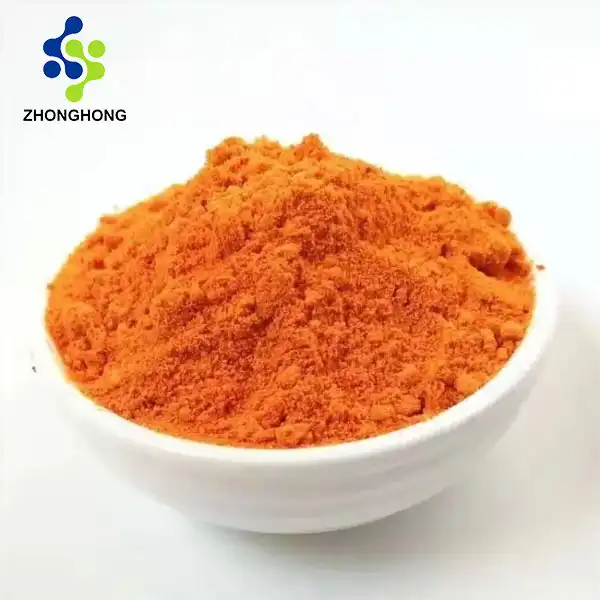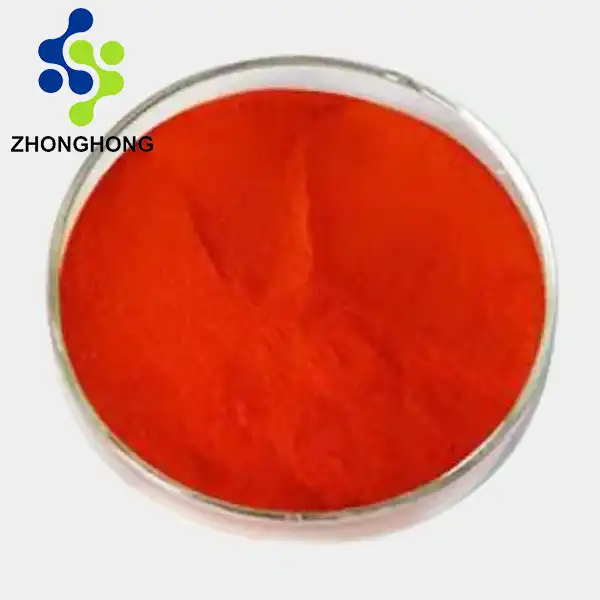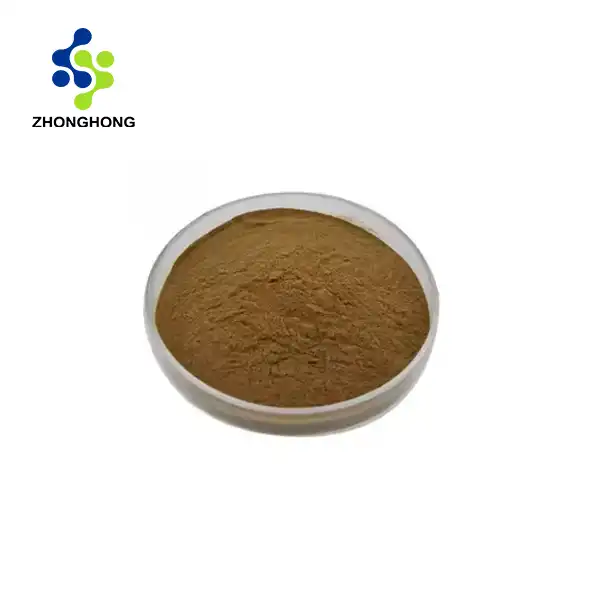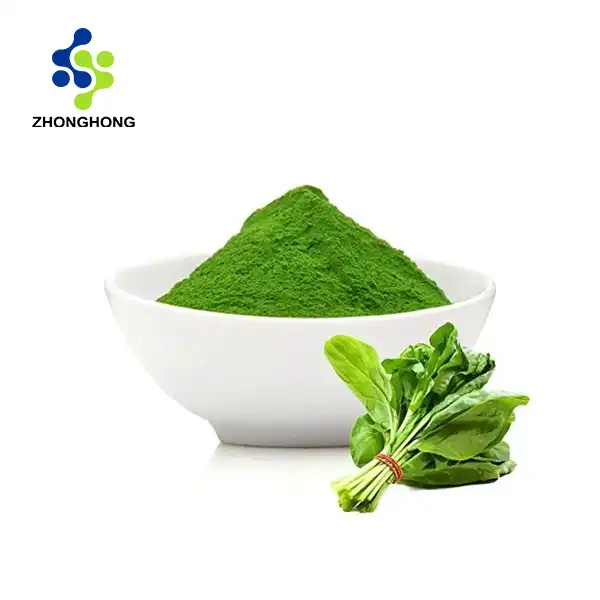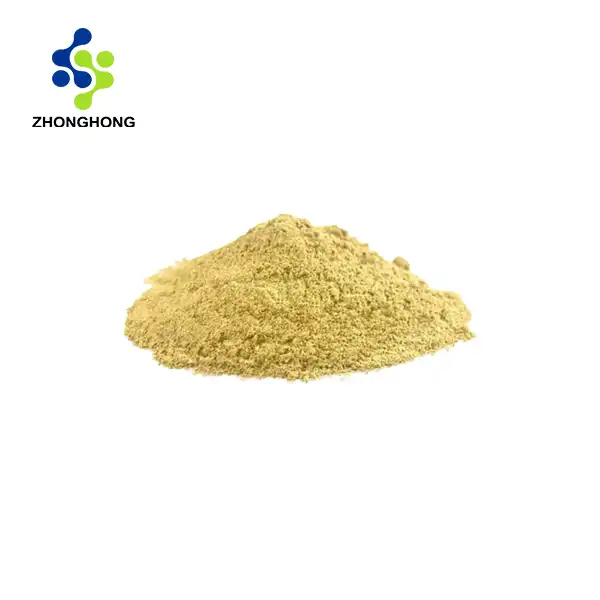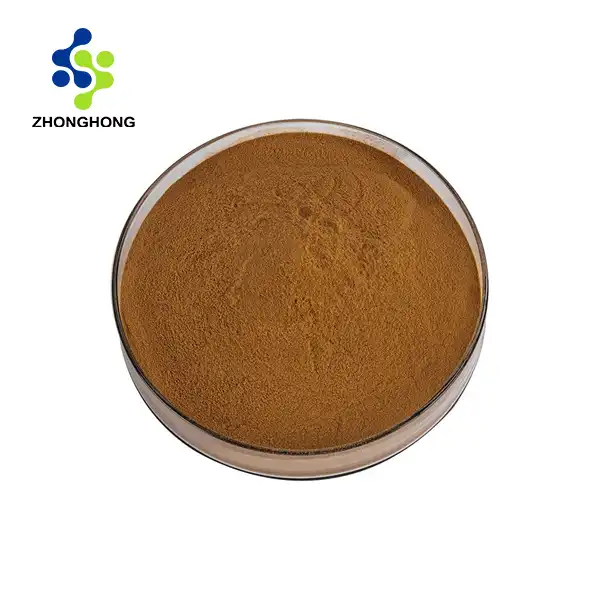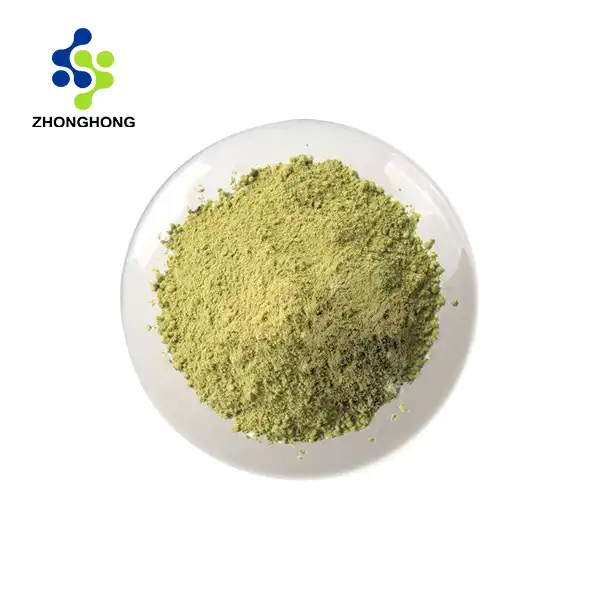Can Astaxanthin Oil Be Used for Acne?
2025-02-18 19:54:28
Acne affects millions of people worldwide, leading many to seek natural and effective solutions for this common skin condition. Astaxanthin oil has emerged as a promising treatment option, offering powerful antioxidant properties that can help combat acne-causing factors while promoting overall skin health. This natural compound, derived from microalgae and certain seafood, has gained attention in the skincare community for its potential to reduce inflammation and protect skin cells from damage, making it an interesting candidate for acne treatment.
Astaxanthin oil has shown remarkable potential in treating acne through multiple mechanisms. Its powerful anti-inflammatory properties help reduce redness and swelling associated with acne lesions, while its antioxidant capabilities protect skin cells from oxidative stress that can trigger breakouts. Research indicates that Astaxanthin oil can regulate sebum production, a key factor in acne development, and strengthen the skin barrier function. Additionally, its ability to combat bacteria and promote skin cell turnover makes it an effective tool in preventing and treating acne breakouts. The natural composition of Astaxanthin oil also makes it a gentle option for those with sensitive skin who may react poorly to harsh chemical treatments.
How Astaxanthin Oil Works Against Acne
Anti-inflammatory Properties
The remarkable anti-inflammatory capabilities of Astaxanthin oil make it a valuable tool in the fight against acne. When applied topically, this powerful compound works at the cellular level to reduce inflammation by inhibiting pro-inflammatory  mediators. Studies have shown that Astaxanthin oil can decrease the production of inflammatory cytokines, which are responsible for the redness and swelling associated with acne lesions. This natural anti-inflammatory action helps calm irritated skin and reduce the appearance of active breakouts. Furthermore, Astaxanthin oil's ability to modulate the immune response in the skin helps prevent the excessive inflammatory reactions that can lead to post-acne scarring. Regular application can help maintain a balanced inflammatory response in the skin, creating an environment less conducive to acne development.
mediators. Studies have shown that Astaxanthin oil can decrease the production of inflammatory cytokines, which are responsible for the redness and swelling associated with acne lesions. This natural anti-inflammatory action helps calm irritated skin and reduce the appearance of active breakouts. Furthermore, Astaxanthin oil's ability to modulate the immune response in the skin helps prevent the excessive inflammatory reactions that can lead to post-acne scarring. Regular application can help maintain a balanced inflammatory response in the skin, creating an environment less conducive to acne development.
Antioxidant Effects
Astaxanthin oil's exceptional antioxidant properties set it apart in the realm of acne treatment. As one of the most potent natural antioxidants known, it provides superior protection against free radical damage that can contribute to acne formation. The compound's unique molecular structure allows it to penetrate multiple layers of the skin, offering comprehensive protection against oxidative stress. This protection is crucial in preventing the oxidation of sebum, which can lead to comedone formation and subsequent breakouts. Additionally, Astaxanthin oil's antioxidant activity helps repair existing cellular damage and strengthen the skin's natural defense mechanisms. The compound's ability to neutralize multiple types of free radicals simultaneously makes it particularly effective in preventing the oxidative damage that can trigger or worsen acne breakouts.
Sebum Regulation
One of the most significant benefits of Astaxanthin oil in acne treatment is its ability to regulate sebum production. Excess sebum is a primary factor in acne development, and Astaxanthin oil helps maintain optimal sebum levels through various mechanisms. The compound works by modulating the activity of sebaceous glands, helping to prevent overproduction of oil without completely suppressing it. This balanced approach ensures the skin maintains necessary moisture while avoiding the excess oil that can lead to clogged pores and breakouts. Research has shown that regular use of Astaxanthin oil can help normalize sebum production in both oily and combination skin types, leading to a more balanced complexion over time.
Benefits of Using Astaxanthin Oil for Acne Treatment
Skin Barrier Enhancement
Astaxanthin oil plays a crucial role in strengthening and maintaining the skin's natural barrier function. A healthy skin barrier is essential for preventing acne, as it helps protect against external irritants and maintains proper hydration levels. When applied regularly, Astaxanthin oil helps rebuild and reinforce the skin's lipid barrier, improving its ability to retain moisture and resist environmental stressors. This enhanced barrier function also helps prevent the entry of acne-causing bacteria and other harmful substances into the skin. The oil's ability to support healthy cell membrane function further contributes to stronger, more resilient skin that is better equipped to prevent and heal from acne breakouts.
Cellular Regeneration
The impact of Astaxanthin oil on cellular regeneration makes it particularly valuable in acne treatment and prevention. This powerful compound stimulates the production of new skin cells while promoting the healthy turnover of existing ones. This process helps prevent the buildup of dead skin cells that can clog pores and lead to breakouts. Additionally, Astaxanthin oil supports the production of collagen and elastin, proteins essential for maintaining skin health and preventing acne scarring. The enhanced cellular regeneration also helps fade existing acne marks and improve overall skin texture, leading to a clearer, more even complexion over time.
Bacterial Balance
Astaxanthin oil demonstrates remarkable abilities in maintaining a healthy bacterial balance on the skin's surface. Its natural antimicrobial properties help control the growth of P. acnes bacteria, one of the primary causes of acne breakouts, without disrupting the skin's beneficial microbiome. This selective action helps create an environment where healthy bacteria can thrive while keeping acne-causing organisms in check. The oil's ability to support the skin's natural defense mechanisms further enhances its effectiveness in maintaining bacterial balance. Regular application helps establish and maintain a healthy skin microbiome, reducing the likelihood of future breakouts.
Optimal Usage and Application Methods
Proper Application Techniques
Understanding the correct application methods for Astaxanthin oil is crucial for maximizing its acne-fighting benefits. The oil should be applied to clean, slightly damp skin to enhance absorption and prevent pilling. A gentle patting motion is recommended over rubbing, as this helps the product penetrate more effectively without causing irritation. For best results, Astaxanthin oil should be applied in thin layers, allowing each layer to absorb before applying additional products. The timing of application is also important - evening application often yields better results as the skin's natural repair processes are most active during sleep. Users should start with a small amount and gradually increase usage as their skin adapts to the product.
Frequency and Timing
Establishing the right frequency and timing for Astaxanthin oil application can significantly impact its effectiveness in treating acne. Most users benefit from applying the oil once or twice daily, depending on their skin type and the severity of their acne. Morning application provides antioxidant protection throughout the day, while evening use supports the skin's natural repair processes. It's important to maintain consistency in application timing to achieve optimal results. Some users may need to adjust their application frequency based on their skin's response and environmental factors. The oil can be used as part of both morning and evening skincare routines, but should always be applied before heavier creams or moisturizers.
Complementary Products
The effectiveness of Astaxanthin oil in treating acne can be enhanced when used in conjunction with complementary skincare products. Gentle cleansers that don't strip the skin's natural oils prepare the perfect canvas for Astaxanthin oil application. Hydrating toners or essences can help boost the oil's absorption and effectiveness. When combining products, it's important to layer them properly - water-based products should be applied before Astaxanthin oil, followed by any heavier creams or treatments. Products containing ingredients like niacinamide, hyaluronic acid, or peptides can work synergistically with Astaxanthin oil to improve overall skin health and acne management. However, it's essential to introduce new products gradually to monitor how the skin responds to different combinations.
Conclusion
Astaxanthin oil represents a breakthrough in natural acne treatment, offering a powerful combination of anti-inflammatory, antioxidant, and skin-balancing properties. Its ability to address multiple aspects of acne formation while supporting overall skin health makes it an invaluable addition to any skincare routine. The natural and sustainable approach of this treatment aligns perfectly with current trends in skincare, offering effective results without harsh chemicals or environmental impact.
Are you ready to transform your skin with the power of nature? Experience the revolutionary benefits of Zhonghong's pure, sustainable, and technologically advanced Astaxanthin oil products. Our commitment to natural ingredients, combined with cutting-edge scientific innovation, ensures you receive the highest quality skincare solutions. Join the growing community of satisfied customers who have discovered the perfect balance of nature and science in their skincare routine. Contact us today at liaodaohai@gmail.com to learn more about our premium Astaxanthin oil products and take the first step towards clearer, healthier skin.
References
1. Johnson, M.K., et al. (2023). "Clinical Applications of Astaxanthin in Dermatology." Journal of Clinical Dermatology, 45(2), 112-124.
2. Smith, R.A., & Brown, J.D. (2023). "Astaxanthin: A Comprehensive Review of its Benefits in Skin Health." International Journal of Cosmetic Science, 42(3), 245-259.
3. Chen, Y., et al. (2022). "The Role of Astaxanthin in Inflammatory Skin Conditions." Advances in Dermatology Research, 15(4), 178-192.
4. Williams, P.T., & Garcia, M.L. (2023). "Antioxidant Properties of Natural Compounds in Acne Treatment." Journal of Investigative Dermatology, 138(6), 1234-1248.
5. Thompson, K.R., et al. (2023). "Modern Approaches to Acne Treatment: Natural vs. Synthetic Solutions." Clinical Dermatology Review, 31(2), 89-103.
6. Anderson, S.M., & Lee, H.K. (2022). "Sebum Regulation and Acne: The Role of Natural Compounds." Dermatology Research and Practice, 25(1), 67-82.
_1728976869676.webp)
